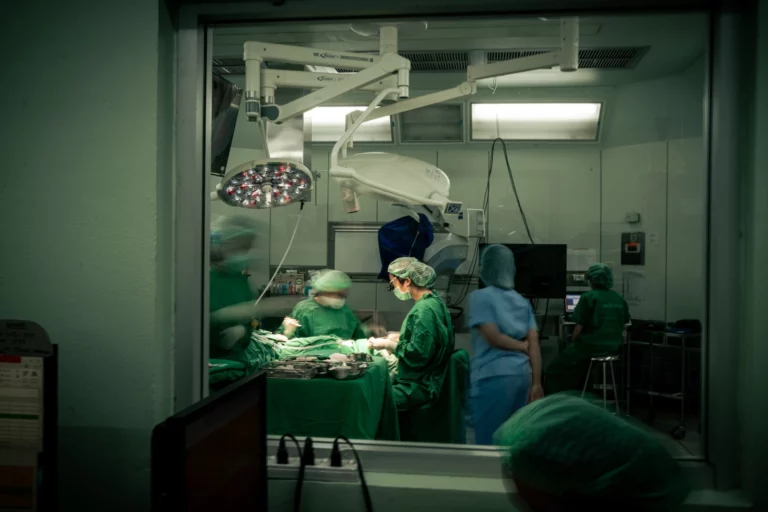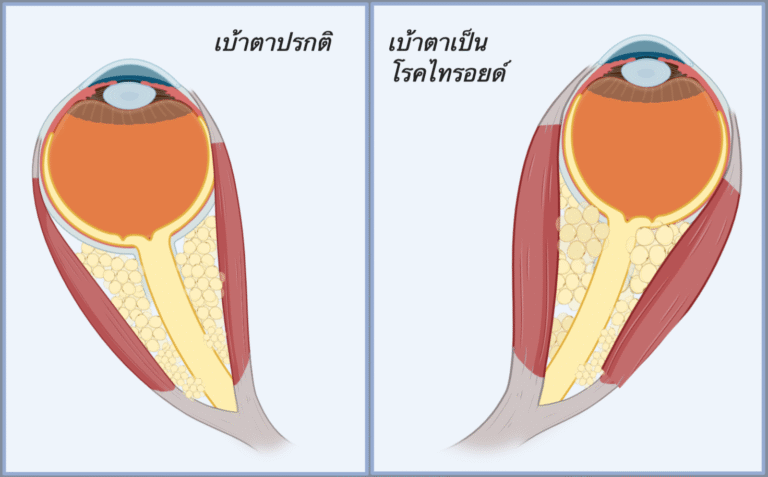What is an adult blocked tear ducts?
Tears normally drain through a small system that starts with tiny openings in the inner corners of the eyelids (called puncta). The tears then pass through small channels (canaliculi), into a sac (lacrimal sac), and finally drain through the tear duct (nasolacrimal duct) into the nose. Every time you blink, this system helps pump tears away from your eyes.
What happens if it is blocked?
When the tear duct becomes blocked, tears cannot drain properly. This causes:
- Constant watery eyes (tearing)
- Mucus or discharge in the inner corner of the eye
- Blurry vision from excessive tears
- Redness, swelling, or tenderness near the inner corner of the eye
Infections can sometimes develop if tears and mucus build up.
Treatment options
- Non-surgical treatments: Warm compresses, antibiotic drops, or minor procedures to open small tear openings may help in some cases.
- Surgical treatment (DCR):
The most effective solution for adults is dacryocystorhinostomy (DCR). This surgery creates a new pathway between the tear sac and the inside of the nose, bypassing the blocked duct.- A soft silicone stent may be placed temporarily to keep the passage open during healing.
- The surgery can be done through a small incision on the skin or from inside the nose.
- It is usually an outpatient procedure, and recovery is quick.
If the blockage is higher up in the drainage system (such as the canaliculus), another surgery called CDCR may be needed, using a small glass tube (Jones tube).
Risks and recovery
Most patients recover well after DCR. Common side effects include mild swelling, bruising, or nosebleeds. Rarely, infection, scarring, or narrowing of the new passage may occur. Sometimes a second procedure may be necessary.
Summary
Blocked tear ducts can cause frustrating tearing and infections, but DCR surgery offers long-lasting relief for most adults. Your oculoplastic surgeon will guide you to the best treatment for your condition.





